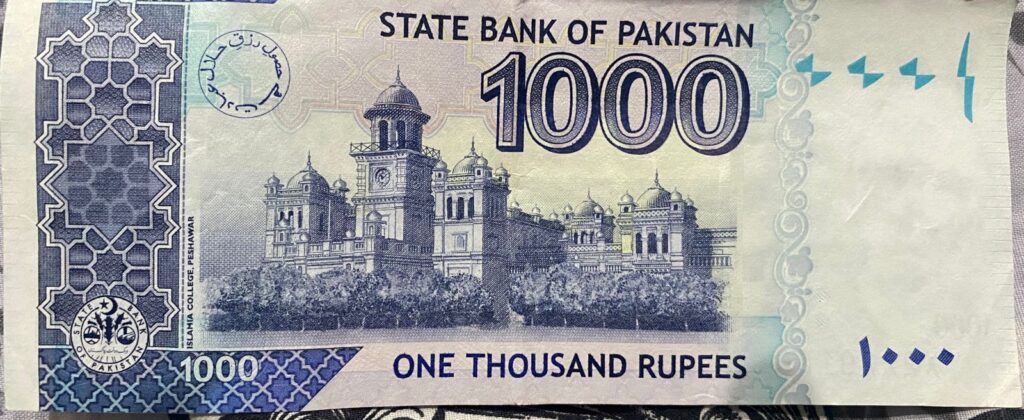Pakistani Rupee Falls Above 280/$ – Key Reasons Behind the Depreciation
The Pakistani Rupee has once again fallen above 280 per US dollar, marking a critical moment in the country’s economic landscape. The continuous decline of the Pakistani Rupee against the US dollar has raised concerns among investors, businesses, and the general public. But what exactly is driving the depreciation of the Pakistani Rupee? Let’s break down the major reasons behind this alarming trend.
Rising Demand for the US Dollar
One of the biggest factors behind the fall of the Pakistani Rupee is the increasing demand for the US dollar. Importers require dollars to pay for international goods, and with a widening trade deficit, the demand continues to surge. The higher the demand for the US dollar, the weaker the Pakistani Rupee becomes.
Weak Foreign Reserves Putting Pressure on the Pakistani Rupee
The Pakistani Rupee is under immense pressure due to declining foreign exchange reserves. The State Bank of Pakistan has struggled to maintain reserves at a comfortable level. With lower reserves, the ability to stabilize the Pakistani Rupee weakens, causing further depreciation.
Inflation and Economic Uncertainty Impacting the Pakistani Rupee
High inflation is another major reason for the downfall of the Pakistani Rupee. As inflation rises, purchasing power declines, and confidence in the Pakistani Rupee decreases. Economic instability and uncertainty make investors hesitant, leading to capital outflows and a weaker Pakistani Rupee.
Political Instability Weakening the Pakistani Rupee
Political instability plays a crucial role in the depreciation of the Pakistani Rupee Falls Above 280/$ – Key Reasons Behind the Depreciation. Investors and financial markets thrive on stability, but political turmoil often leads to uncertainty. The more unstable the political environment, the weaker the Pakistani Rupee becomes.
External Debt and Loan Repayments Draining the Pakistani Rupee
Pakistan’s massive external debt repayments also contribute to the depreciation of the Pakistani Rupee. The country has to repay billions in foreign loans, which increases the demand for the US dollar. The higher the debt repayments, the greater the pressure on the Pakistani Rupee.
Impact of the Pakistani Rupee Depreciation on the Economy
The fall of the Pakistani Rupee Falls Above 280/$ – Key Reasons Behind the Depreciation has serious consequences. A weaker Pakistani Rupee means higher import costs, which leads to rising inflation. Essential goods become more expensive, making life difficult for ordinary citizens. Businesses relying on imports struggle to maintain profitability, further weakening economic growth.
Will the Pakistani Rupee Recover?
The future of the Pakistani Rupee depends on several factors, including economic reforms, political stability, and foreign investment. If the government takes strong steps to boost reserves, control inflation, and attract investments, the Pakistani Rupee could stabilize. However, without major policy changes, the depreciation of the Pakistani Rupee may continue.
Final Thoughts
The fall of the Pakistani Rupee above 280 per US dollar is a wake-up call for policymakers and economists. The Pakistani Rupee is facing immense pressure, and without immediate action, the situation may worsen. Addressing inflation, stabilizing reserves, and ensuring political stability are key to strengthening the Pakistani Rupee. The coming months will be critical in determining whether the Pakistani Rupee can recover or continue to slide further.

